How Cartier’s classic Trinity got the Sacai spin
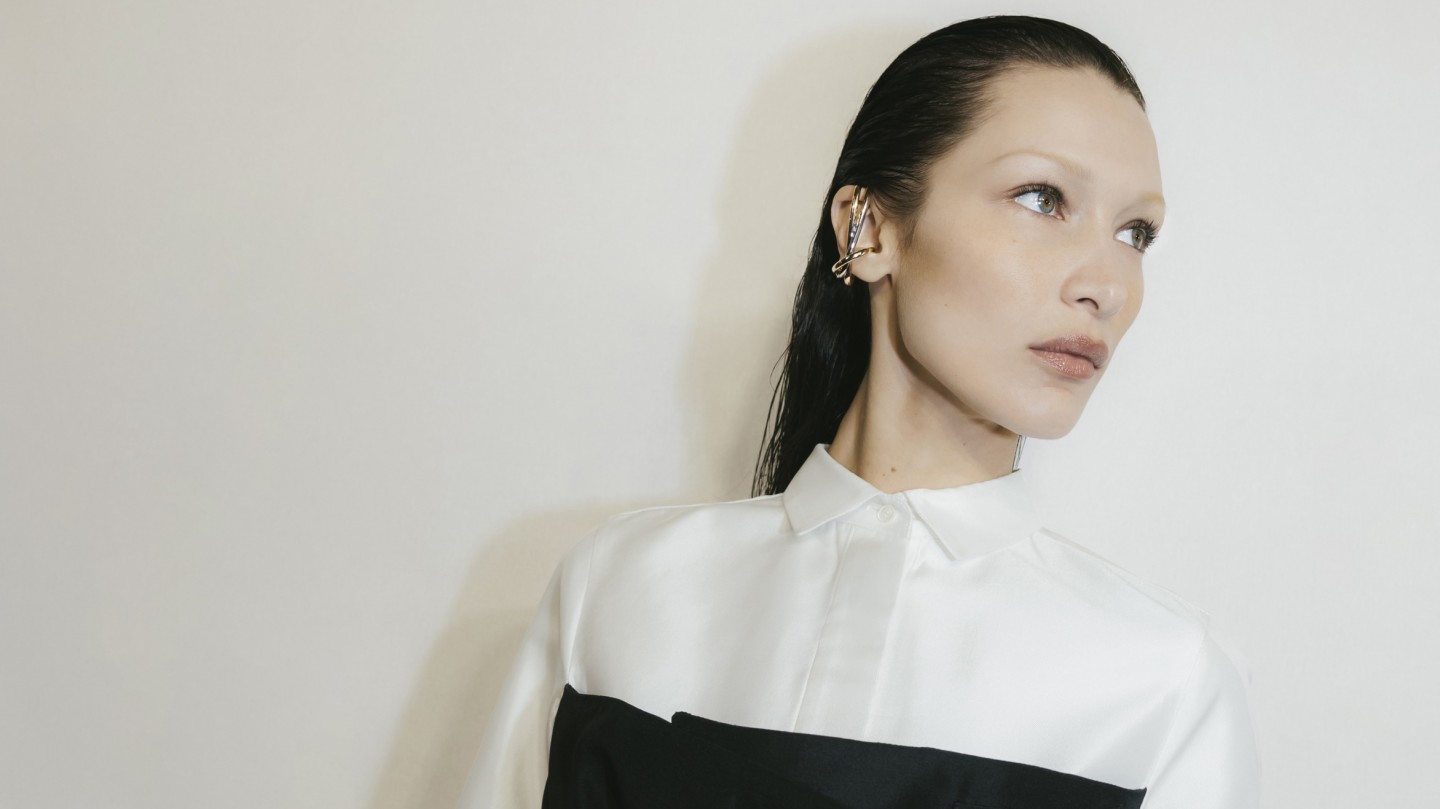
Roula Khalaf, Editor of the FT, selects her favourite stories in this weekly newsletter.
Sacai’s latest runway show, the brand’s first in two years, was held in the grand ballroom of the 20th-century Hôtel de Ville in Paris. Guests waiting for the show to start might not, however, have fully appreciated the jewellery-box-red light that cast the ornate space in a gentle carmine glow.
The hue was a sign of things to come: alongside a ready-to-wear collection of deconstructed pinstripe tailoring, over-the-knee leather boots and trench coats made into bustier dresses, Sacai debuted its latest collaboration – a reimagination of Cartier’s Trinity and the first major redesign of the near century-old jewellery icon.
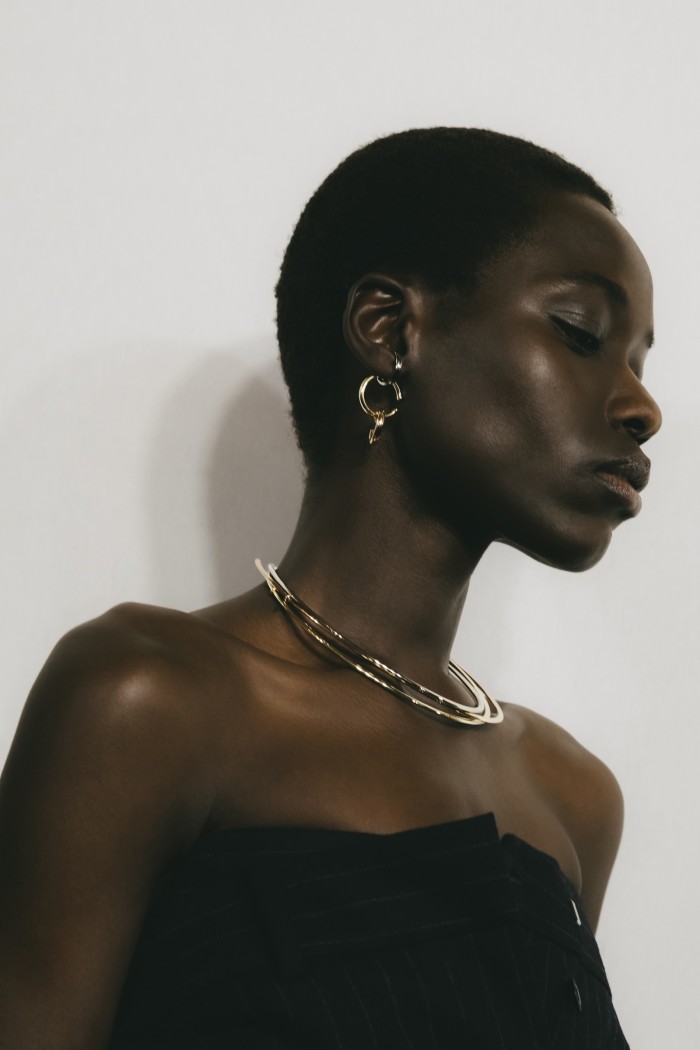
“The DNA of Sacai lies in the idea of taking something familiar and turning it into something that one has never seen before,” says founder Chitose Abe of the brand she launched as a knitwear label in Japan in 1999, and which has since grown into a house revered by the fashion industry. It’s an ethos that has always applied to her clothes, which often transform or fuse two garments together in unexpected ways. With Cartier, also, Abe has taken the trio of yellow, white and rose gold and stretched it to dramatic proportions.
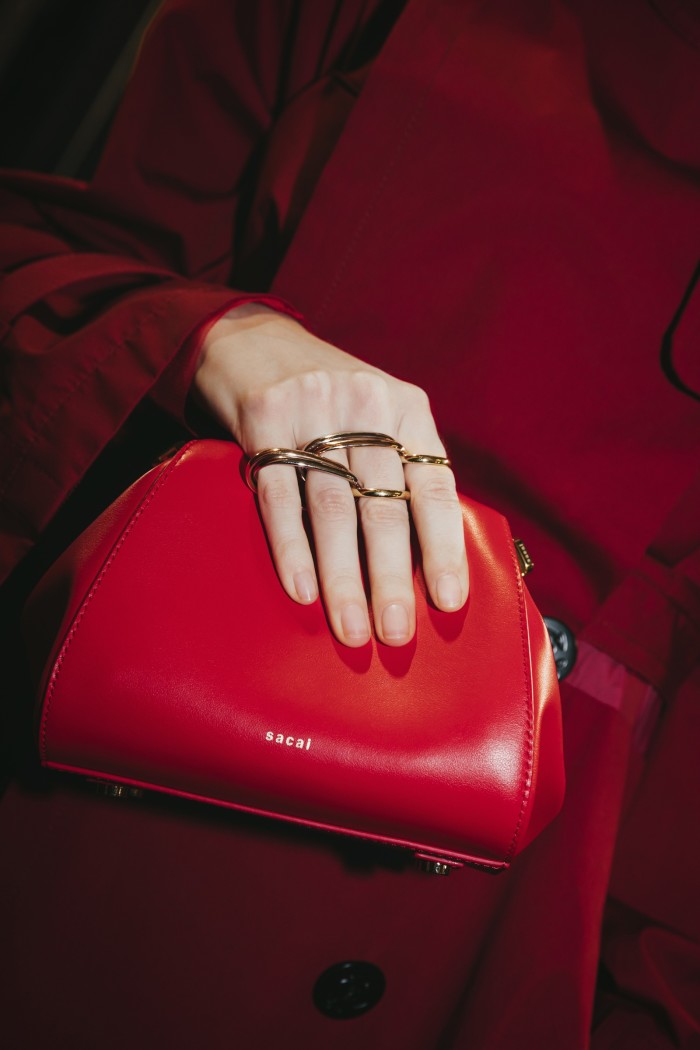
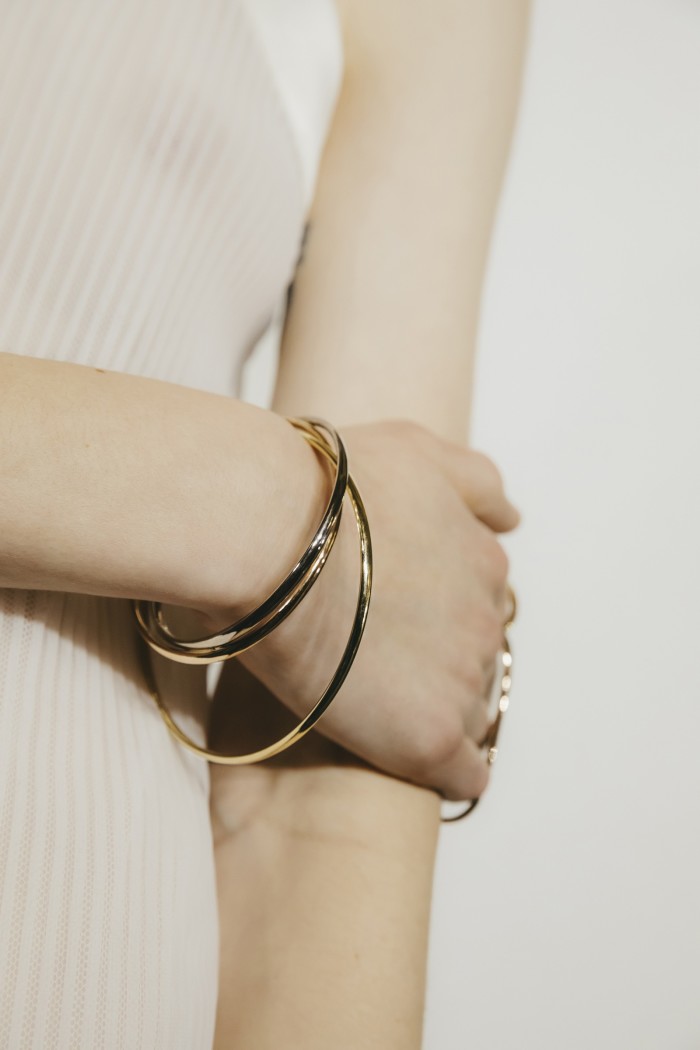
Her version of the Trinity ring includes three different-sized bands that can be looped over two, three or four fingers, while an earring works as a cuff or with the different metals linked together and dangling.
“This ring,” says Abe, jangling the metal over her fingers, “is similar to the clothing in that it can be worn in different ways. It was important to incorporate [the multifunctionality] into the designs, while maintaining [the design imprimatur of] the three rings. I wanted the jewellery to be forever and functional. As with my clothes, the patterns are very complicated, but ultimately they have to be very easy to wear.”
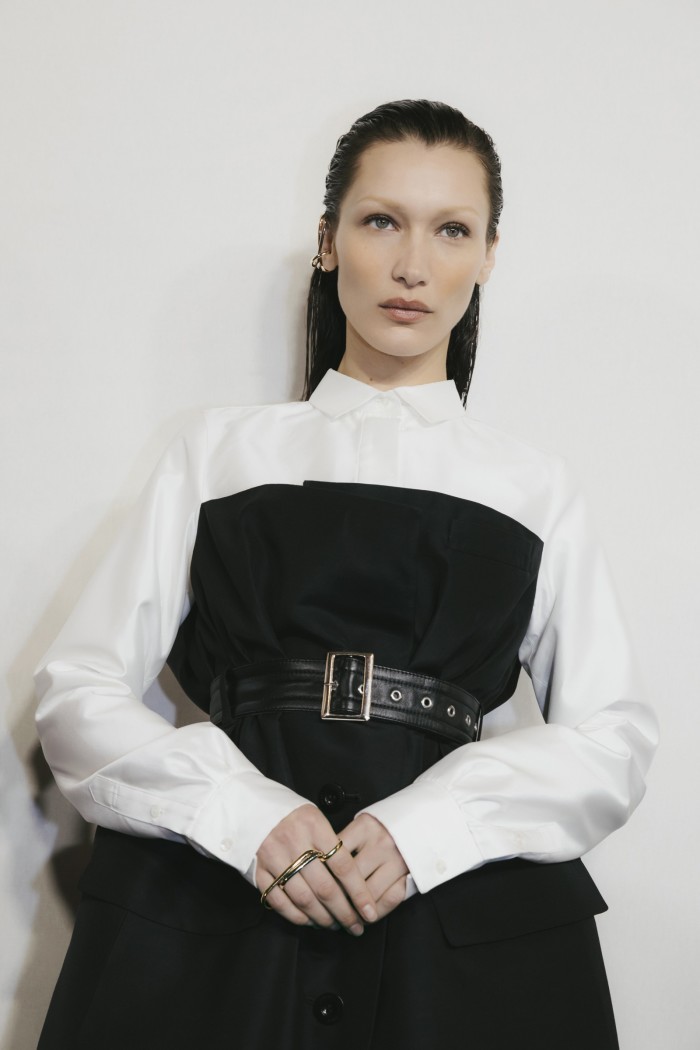
It’s not the first time Sacai has created jewellery, following collaborations with Copenhagen-based Sophie Bille Brahe and Dior’s menswear artistic director Kim Jones last year. It is, however, one of only two times that Cartier has allowed a fashion house into its design room, the other instance being French couturier Madame Grès, in 1979, who released a small jewellery range with the maison based around a chilli-pepper motif.
Cartier has long been a part of Abe’s life: one of the first items she bought for herself from the brand was a Trinity ring, and she usually wears a Cartier Panthère watch, as well as the Love and Ecrou de Cartier bracelets. “I’m an existing customer, so it was a very organic decision,” says Abe. “With collaborations, for me it’s never really a business decision – it’s more because I want to wear something from the brand. For example, the Dior collaboration came about because I’m friends with Kim, and the Cartier one happened because I love Cartier, and I was curious to know what would come out of it.”
“It’s very interesting to see someone else’s vision and integrate that into a Cartier design – a different version of our own style,” says Pierre Rainero, Cartier’s director of image, style and heritage. “Chitose shared her understanding of the dimensions of the ring, and gave ideas and values about what she wanted in terms of shapes – and asked how far she could go.”
Some of Cartier’s most famous designs have been born of a dialogue between the maison and its clients. The Santos watch, for example, was created by Louis Cartier for his friend the Brazilian aviator Alberto Santos-Dumont, in 1904. The Trinity too, although designed for stock, was adopted early and popularised by the French artist and writer Jean Cocteau, who used to wear two stacked on his pinky finger. “Many people think that he was the one who created it for Cartier, which is not true at all, but he was a loyal customer,” adds Rainero, “and when he was made a member of the French Academy in 1955, he asked Cartier to help him conceive a sword, offered to all new members, which included the Trinity in its design.”

Reinterpreting an icon such as Trinity comes at a time when consumers, including younger ones, are buying into classics, rather than seeking out brand new designs. The tri-coloured ring still remains one of its bestsellers, while on resale site Vestiaire Collective, Cartier is the top-searched jewellery brand, with Trinity being one of the most popular searches.
1stdibs also has consistent demand for Cartier’s Trinity designs, where they “not only retain their value over time but also tend to appreciate”, says the online marketplace’s editorial director, Anthony Barzilay Freund. “The design has also been around long enough to achieve heirloom status, with families passing the rings down through generations or creating traditions where Trinity rings are gifted to commemorate milestones.”

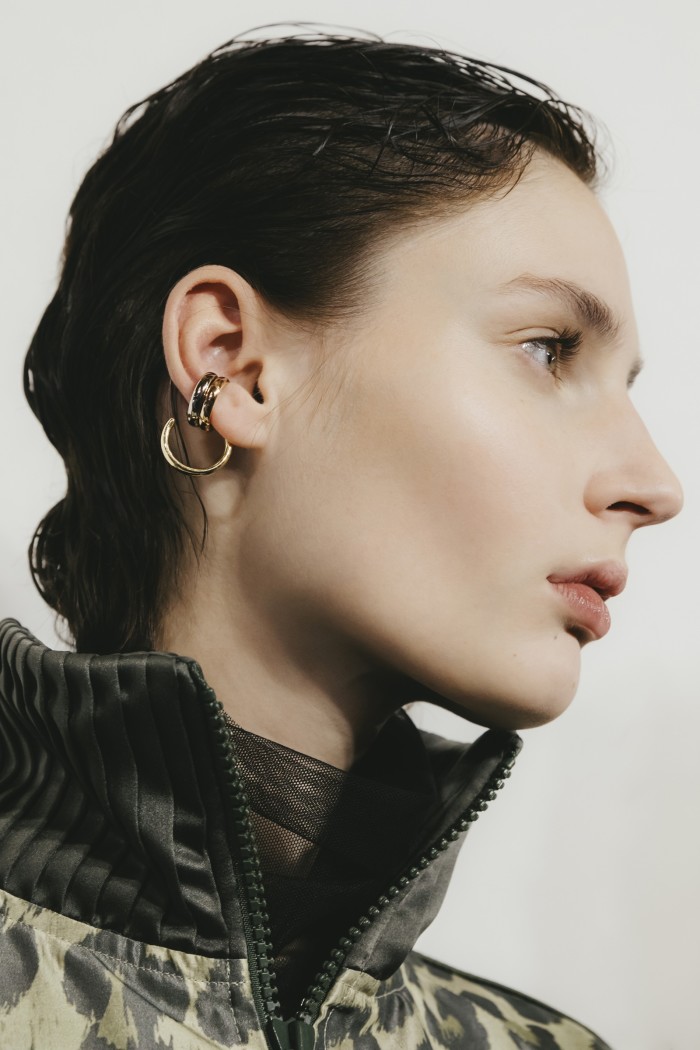
The collaboration with Sacai, a brand that has always appealed to a younger, more streetwear-focused customer, will further cement Cartier’s appeal to a new audience. “We live in a world where everything changes very quickly, and those classics represent a beacon; they’re something that is very reassuring,” says Rainero. “But they have to be relevant in a modern context – this is the condition for the new generations to consider those classics.”
For Abe, as well as creating a version of Trinity that customers have never seen before and bringing a touch of avant-garde to an icon, she hopes that the designs will instil this same sense of comfort. “I really hope that whoever the wearer is, they feel that self-assurance and confidence by wearing the pieces, in the same way that I feel about my clothes. I hope the new Trinity collection lives up to that.”

Comments